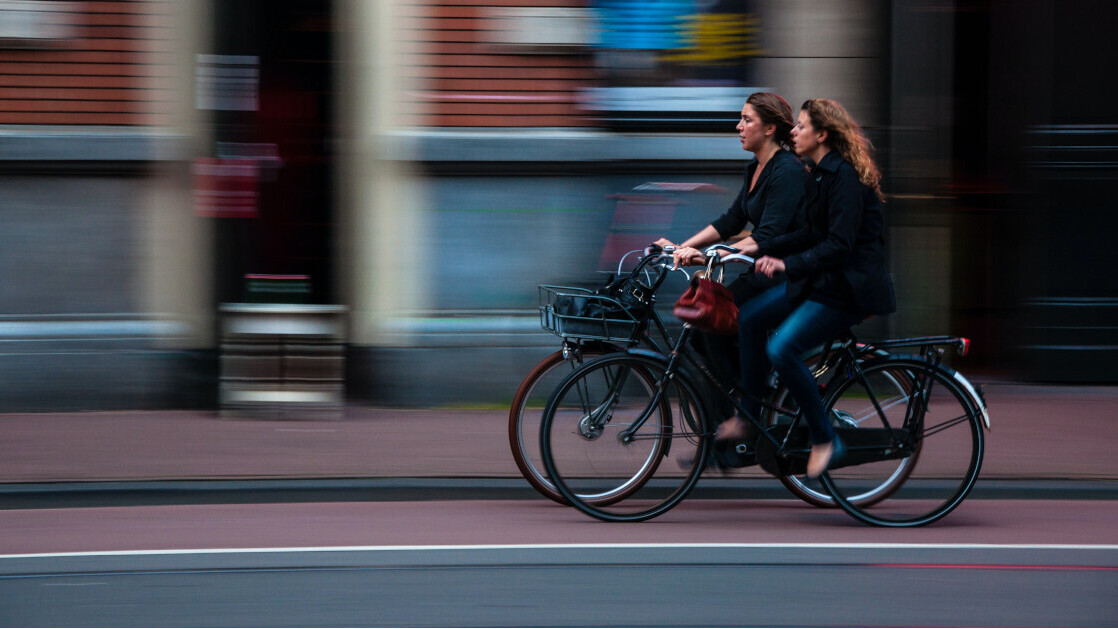
This article was originally published by Sarah Wray on Cities Today, the leading news platform on urban mobility and innovation, reaching an international audience of city leaders. For the latest updates follow Cities Today on Twitter, Facebook, LinkedIn, Instagram, and YouTube, or sign up for Cities Today News.
New research from Ramboll finds that personal safety concerns about walking, cycling and using public transport have a big influence on how women move around cities.
The Gender and (Smart) Mobility report calls on cities and transport planners to adopt a safety by design approach and apply a gender lens to all projects without casting women as victims. This, it says, is the key to making all citizens feel safer.
The analysis brings together existing local and national gender-segregated transport behavior data with a survey of 3,525 people and focus groups across seven capital cities – Helsinki, Oslo, Copenhagen, Stockholm, Berlin, New Delhi, and Singapore.
Marianne Weinreich, Market Manager, Smart Mobility, Ramboll, told Cities Today: “This report confirms that transport is not gender neutral. There is plenty of data and research, but it’s the best kept secret in the transport industry and often is not used in projects.”
“Women are not a minority but are treated like that unconsciously in this sector, which is dominated by men,” she added. “We need to create awareness but also systems that challenge these biases.”
COVID safety
The research finds that women associate COVID-19 with public transport more than men. “Since women use public transport more than men, this creates a real risk of growing inequalities as places open up and movement levels return in our cities,” the report says.
Women also identified personal safety and fear of harassment and assault as a concern in relation to public transport more often.
[Read: 3 new technologies ecommerce brands can use to connect better with customers]
In the survey, 64 percent of women compared to 57 percent of men said the distance to a station or stop from their home influences their choice of public transportation. A third of women are influenced by whether they feel secure at the station (33 percent) and on-board transport (35 percent), compared to 28 percent and 29 percent of men respectively.
In focus group interviews, women from across geographies also expressed concerns and fears around waiting at bus stops and train stations. They reported that the design of public space, stops, stations and platforms and whether there are staff available influences how secure they feel.
Walking and cycling
Women were also found to walk more than men but again indicate personal safety and concerns about harassment and assault as a challenge, as well as travelling with groceries and bags.
Across all the geographies, women reported various methods of dealing with fear when walking at night – from staying away from certain areas, not staying out too late and choosing shoes they can run in, to carrying their keys in between their fingers in their pocket as a potential weapon.
“It was astonishing that independently of each other these women from across seven capitals in many cases used the exact same wording for describing the strategies that they use,” Weinreich said.
The report comes as the disappearance and death of Sarah Everard in London last month has sparked debates about women’s safety in public spaces. Reports said that downloads of women’s safety apps such as WalkSafe and Hollie Guard also surged after Ms Everard went missing while walking home and her body was later discovered. A murder trial is scheduled for autumn.
Ramboll’s research finds that when it comes to cycling, 26 percent more women than men indicate “traffic safety” as a challenge. A sense of ‘not feeling safe’ was identified in the international research, by local experts and by the women in the focus groups.
In all capitals except Copenhagen, the lack of safe cycling infrastructure is seen as a barrier. Even in Copenhagen, as well as Oslo, women in the focus group interviews highlighted “lycra guys”, who cycle very fast, as an issue.
Safety by design
The report stresses that cities and transport planners shouldn’t “victimize” women, but urges them to include safety and security in the design of all solutions – not as an add-on but as an integral part of the project.
“This is about having a lens that focuses on women’s needs but if you cater for those considerations, you actually create better mobility for all,” said Weinreich. “If we cannot facilitate and include women’s needs, who make up half the population, then we are really challenged in delivering inclusive design for minorities.”
The study also recommends collecting gender-segregated data in planning and design and analyzing data through a gendered lens.
Ramboll’s report was developed in partnership with the Ramboll Foundation and transport agencies Helsinki Region Transport (HSL), Region Stockholm and Trafikverket in Sweden, and VBB in Berlin, Germany.
Do EVs excite your electrons? Do ebikes get your wheels spinning? Do self-driving cars get you all charged up?
Then you need the weekly SHIFT newsletter in your life. Click here to sign up.
Get the TNW newsletter
Get the most important tech news in your inbox each week.





